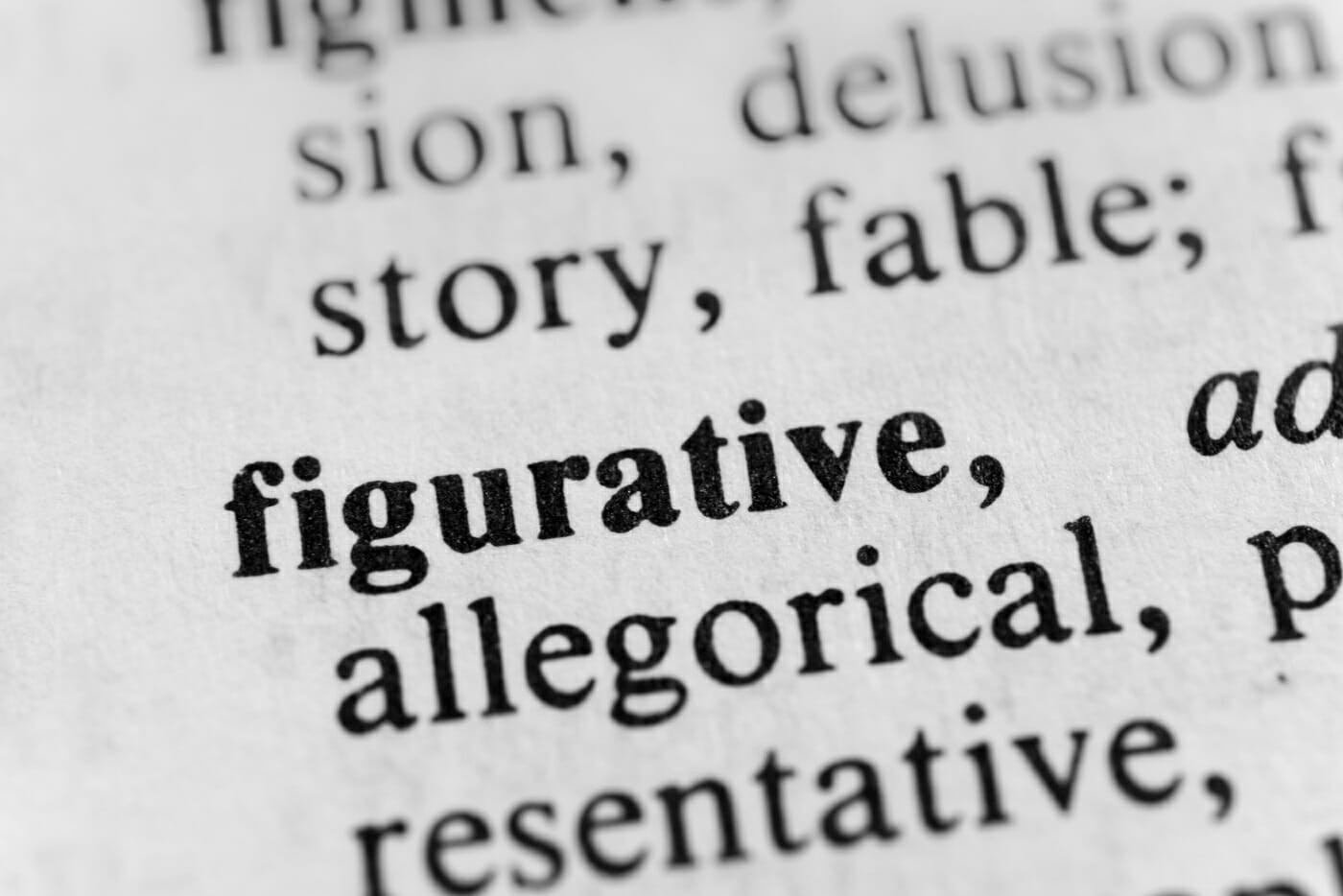Figurative language is a powerful tool in writing and communication. It moves beyond the literal meaning of words to add depth, color, and impact to our messages. Instead of stating facts plainly, it uses comparisons, exaggerations, and sound devices to create vivid imagery and resonate with readers or listeners on a deeper level. Understanding figurative language is key to appreciating literature, effective communication, and even interpreting complex business reports like the Management Discussion and Analysis (MD&A).
 Figurative Language
Figurative Language
Figurative language is especially crucial in creative writing like fiction, where authors aim to engage readers emotionally and intellectually. By employing figures of speech, writers can transform ordinary sentences into evocative expressions that stimulate thought, evoke emotions, and sometimes inject humor. This makes the narrative more compelling and memorable than straightforward, literal language.
Exploring Types of Figurative Language that Compare
Several types of figurative language rely on comparison to create their effect. These techniques draw parallels between seemingly different things to illuminate a particular quality or idea. Here are some of the most common and effective forms:
1. Simile: Explicit Comparison Using “Like” or “As”
A simile is a figure of speech that directly compares two unlike things, explicitly using the words “like” or “as.” This direct comparison helps to create a clear and often striking image in the reader’s mind. Similes are frequently used in everyday communication to make descriptions more vivid and relatable.
For example, saying “The toddler was as slippery as an eel” compares the child’s elusiveness to the slickness of an eel, instantly conveying how difficult they were to catch. The power of a simile lies in its ability to highlight a specific shared characteristic between two otherwise disparate entities.
Here are more examples of similes:
- Her voice was like velvet, smooth and soothing to the ears.
- He ran as fast as a cheetah, leaving everyone in his dust.
- The news hit him like a ton of bricks, leaving him stunned and overwhelmed.
- The classroom was as quiet as a library during the exam.
2. Metaphor: Implied Comparison Stating “Is” or “Are”
A metaphor, similar to a simile, compares two unlike things, but it does so implicitly, without using “like” or “as.” Instead of stating that something is like something else, a metaphor declares that something is something else. This creates a stronger, more direct comparison that can be very impactful.
The famous metaphor “Life is a journey” doesn’t mean life is literally a journey, but it uses the concept of a journey to explain life’s progression, challenges, and destinations. It implies that life, like a journey, has different stages, obstacles to overcome, and a direction, even if the destination is unknown.
Consider these additional examples of metaphors:
- The entrepreneur is a lion in the business world, fearless and dominant.
- Education is the key to unlocking your potential, opening doors to opportunities.
- Her tears were a river flowing down her cheeks, expressing deep sorrow.
- The city is a concrete jungle, a harsh and competitive environment.
3. Analogy: Extended Comparison for Explanation
An analogy is an extended simile or metaphor. It’s used to explain a complex idea or concept by comparing it to something more familiar or simpler. Analogies work by highlighting similarities between two things that are fundamentally different, but share a common relationship or structure.
For example, “The human brain is like a computer: it processes information, stores memories, and sends signals to different parts of the body.” This analogy helps to understand the brain’s functions by relating them to the well-understood workings of a computer. Analogies are particularly useful in teaching and explaining abstract or complicated topics.
Other examples of analogies include:
- Managing a project is like conducting an orchestra: you need to coordinate different sections (instruments/teams), ensure everyone is playing in harmony, and follow the score (project plan) to create a successful performance (outcome).
- A business ecosystem is like a rainforest: diverse elements (companies, customers, suppliers) interact and depend on each other for survival and growth.
- Learning a new language is like building a house: you start with the foundation (basic vocabulary and grammar), then build walls and a roof (more complex structures and fluency), and eventually furnish it (refine your skills and use the language naturally).
4. Allegory: Comparison Across an Entire Narrative
An allegory is a story, poem, or picture that can be interpreted to reveal a hidden meaning, typically a moral or political one. It uses figurative language extensively, often employing metaphors and similes, but on a larger scale. In an allegory, characters and events represent abstract ideas or moral qualities.
For instance, George Orwell’s “Animal Farm” is an allegory for the Russian Revolution. The animals on the farm represent different social classes and political figures, and the events of the story mirror the revolution and its aftermath. The entire narrative is a comparison between the animal farm and human society, highlighting political themes of power, corruption, and revolution.
5. Personification: Comparing Non-Human Things to Humans
While personification primarily focuses on giving human qualities to non-human things, it inherently involves a comparison. We compare inanimate objects, animals, or abstract ideas to humans to make them more relatable or understandable. By attributing human characteristics, we are drawing a comparison between the non-human subject and human behavior or traits.
Saying, “The wind whispered secrets through the trees,” compares the sound of the wind to a human whisper, giving it a sense of mystery and intimacy. Personification makes descriptions more imaginative and engaging by bridging the gap between the human and non-human world.
More examples of personification:
- Justice is blindfolded, impartial and unbiased.
- Opportunity knocked on his door, a chance for a new beginning.
- Technology is constantly evolving, always learning and adapting.
- The old house groaned under the weight of the snow, like an old man burdened by age.
The Power of Figurative Comparison
Figurative language, especially types that rely on comparison like simile, metaphor, analogy, allegory, and personification, enriches communication in numerous ways. It enhances clarity by making complex ideas more understandable through relatable comparisons. It adds color and interest to writing and speech, making it more engaging and memorable. It can also evoke emotions and create deeper connections with the audience by tapping into shared experiences and understandings.
By mastering the art of figurative comparison, writers and speakers can elevate their communication, making it more impactful, persuasive, and enjoyable. Understanding these devices is not only essential for literary appreciation but also valuable for effective communication in all aspects of life, from business to personal relationships.
More Resources
To further explore the fascinating world of language and writing, consider these additional resources:
- Explore literary websites and blogs focusing on writing techniques.
- Read classic and contemporary literature to see figurative language in action.
- Take a creative writing course to practice using these techniques yourself.
- Analyze speeches and articles to identify and understand the use of figurative language in different contexts.
